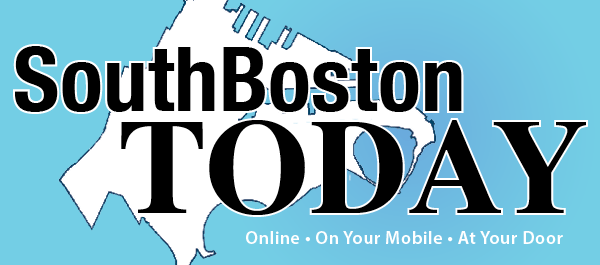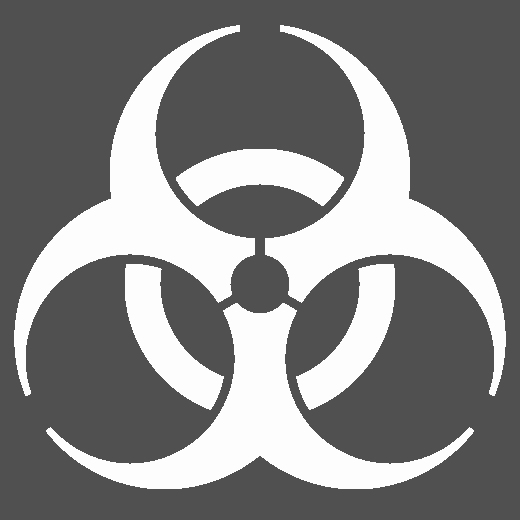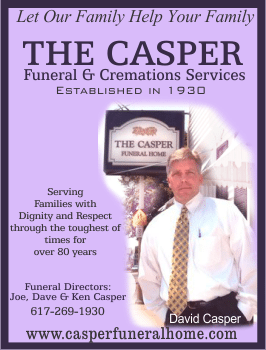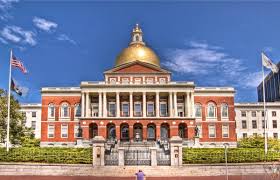Biotech, Life Sciences, the Human Genome. South Boston is fast becoming the next Life Science Industry’s locale for siting its next corporate ecosystem, based on access to transportation, housing and competitive costs relative to Kendall Square Cambridge MA. “Life Sciences” encompasses companies in the fields of biotechnology, pharmaceuticals, biomedical technologies, life systems technologies, nutraceuticals, cosmeceuticals, food processing, environmental, biomedical devices, and organizations and institutions that devote the majority of their efforts in the various stages of research, development, technology transfer and commercialization.
More generally, Life Sciences is defined as all sciences that have to do with ‘organisms’, like plants, animals and human beings. More specifically the following fields of science are included:
Agrotechnology, Animal Science, Biochemistry, Biocontrol, Biodynamics, Bio-engineering, Bioinformatics and Biocomputing, Biology, Biomaterials, Biotechnology, Biomedical Engineering, Biomedical Imaging, Biomedical Systems, Biomolecular Engineering, Biomonitoring, Biophysics, Biotechnology, Cell Biology, Ecology, Environmental Sciences, Food Sciences, Genetics and Genomics, Medical Imaging Techniques, Molecular Biology, Nanotechnology, Neuroscience, Plant Science, Proteome and Proteomics, Smart BioPolymers, and Tissue Engineering.
Alexandria Real Estate Equities, which owns a number of Kendall Square buildings with biotech tenants, is partnering with local real-estate investment firm Anchor Line Partners on the proposal, to be known as 99 A St. propose to build a six-story life-sciences building with possible ground-floor retail use on the West 3rd Street property now occupied by the Coppersmith Restaurant. They have filed detailed plans for a 95-foot-high, 210,000-square foot building. They plan to tear down the warehouse in which Coppersmith has operated, along with other structures on the parcel, which runs between West 2nd and West 3rd streets, and A Street and the South Boston Haul Road and has asked the city for permission to discontinue a dead end that now juts into the property from Bolton Street. The building would have roughly 75 parking spaces.
At a meeting held on April 29, 2019, representatives of the developers were asked pointed questions as to the type of life science companies that would locate there and what if any safety protocols will be in place to address safety concerns endemic to the industry testing and research activities.
Describing the level life science facility, it is proposed to be no more than a Level 2 facility. Biological safety levels are ranked from one to four and are selected based on the agents or organisms on which the research or work is being conducted. Each level up builds on the previous level, adding constraints and barriers.
Biosafety level (BSL) one, the lowest level, applies to work with agents that usually pose a minimal potential threat to laboratory workers and the environment and do not consistently cause disease in healthy adults. Research with these agents is generally performed on standard open laboratory benches without the use of special containment equipment.
BSL two would cover work with agents associated with human disease, in other words, pathogenic or infectious organisms posing a moderate hazard. Examples are the equine encephalitis viruses and HIV when performing routine diagnostic procedures or work with clinical specimens. BSL 2 labs must also provide the next level of barriers, i.e., specialty safety equipment and facilities.
Yellow fever, St. Louis encephalitis and West Nile virus are examples of agents requiring BSL 3 practices and containment. Work with these agents is strictly controlled and must be registered with all appropriate government agencies. More protective primary barriers are used in BSL 3 laboratories, including solid-front wraparound gowns, scrub suits or coveralls made of materials such as Tyvek® and respirators as necessary.
Agents requiring BSL 4 facilities and practices are extremely dangerous and pose a high risk of life-threatening disease. Examples are the Ebola virus, the Lassa virus, and any agent with unknown risks of pathogenicity and transmission. These facilities provide the maximum protection and containment.
The next steps in the review process, where residents will have the opportunity to comment and ask some probing questions are as follows:
- May 20, 6:00pm Impact Advisory Group (IAG) meeting; Coppersmiths 40 West 3rd Street;
- June 3 Public Meeting Coppersmiths 40 West 3rd Street;
- Comment Period is open to June 7.
Comments may be submitted here:
http://www.bostonplans.org/projects/development-projects/99-a-street#comment_Form
For more details on the Four Levels go to: https://www.labmanager.com/lab-health-and-safety/2010/12/biosafety-levels-1-2-3-4#.XNsnqhRKjIV












